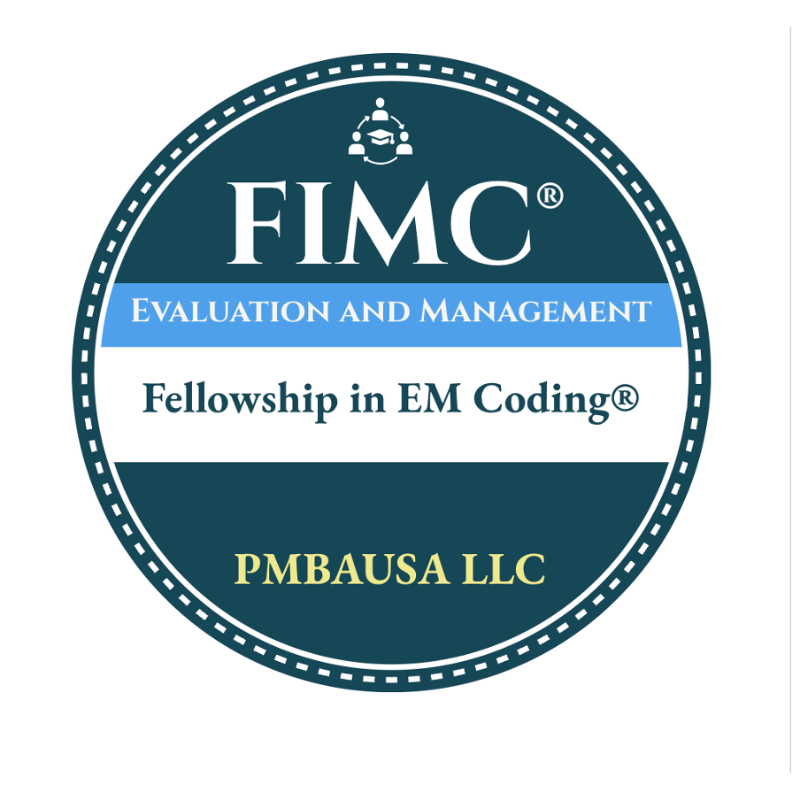Are there any case studies available for gaining a deeper understanding of the Medical Billing Process?
We will explore the intricacies of the medical billing process through three comprehensive case studies. Our objective is to provide you with a step-by-step understanding of the key components involved in this process. We will focus on the use of the CMS-1500 form, the role of medical records, and the analysis of Sample Explanation of Benefits (EOBs) to gain insights into how insurance payments are processed.
CMS-1500 Form Filling
Step 1: Reviewing the Medical Record
Our first case study begins with a thorough examination of a patient's medical record. This record contains vital information about the patient, the services rendered, diagnosis codes, treatment dates, and insurance details. The medical record is the foundation upon which accurate billing is built. For instance, it may contain information about a patient's diagnosis (ICD-10 code), treatment (CPT code), and insurance coverage.
Step 2: CMS-1500 Form Entry
Once we have the relevant medical record, the next step is to complete the CMS-1500 form. This form serves as the official document for submitting claims to insurance companies. It requires meticulous data entry, including patient demographics, provider information, service details, diagnosis and procedure codes, and other relevant information.
Step 3: Submission to Clearing House
The completed CMS-1500 form is then submitted to a clearinghouse. A clearinghouse acts as an intermediary between healthcare providers and insurance companies. It checks the form for errors, validates the information, and formats it according to industry standards. This ensures that the claim will be processed efficiently and accurately.
Step 4: Clearing House to Insurance Company
Upon clearinghouse approval, the CMS-1500 form is forwarded to the patient's insurance company for processing and reimbursement. The insurance company reviews the claim to determine coverage and calculate the amount to be paid.
The CMS-1500 Form is a standardized form used to bill Medicare and other insurance companies for outpatient medical services. It is also known as the HCFA-1500 Form or the Health Insurance Claim Form.
The CMS-1500 Form is a complex form, but it is important for medical billers to understand how to complete it correctly. The form is divided into several sections, each of which contains specific information about the patient, the services provided, and the insurance coverage.
Here is a brief overview of the different sections of the CMS-1500 Form:
Patient information: This section includes the patient's name, address, date of birth, and insurance information.
Provider information: This section includes the provider's name, address, and National Provider Identifier (NPI) number.
Diagnosis or nature of illness or injury: This section includes the patient's diagnosis codes.
Procedure, service, or supply: This section includes the procedure codes for the services provided.
Charges: This section includes the charges for the services provided.
Signature of physician or supplier: This section is to be signed by the provider who provided the services.
Once the CMS-1500 Form is completed, it is submitted to the patient's insurance company for processing. The insurance company will review the form and determine whether or not the services are covered. If the services are covered, the insurance company will pay the provider directly. If the services are not covered, the patient may be responsible for paying the bill.
Through these case studies, you will gain practical experience in medical billing and learn how to navigate the intricate web of healthcare claims, from medical record analysis to reimbursement. This knowledge is invaluable for healthcare administrators, medical billers, and anyone interested in understanding the dynamics of healthcare finance.






